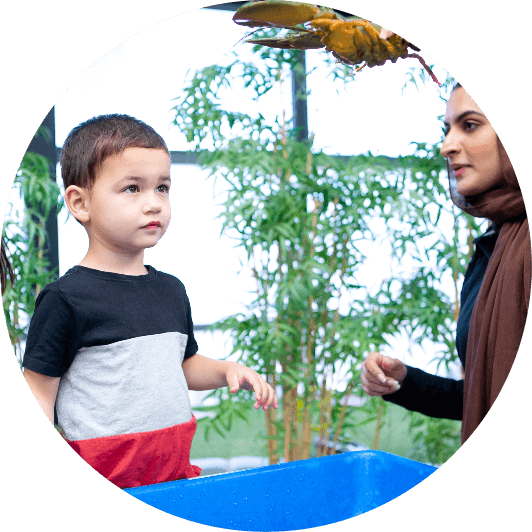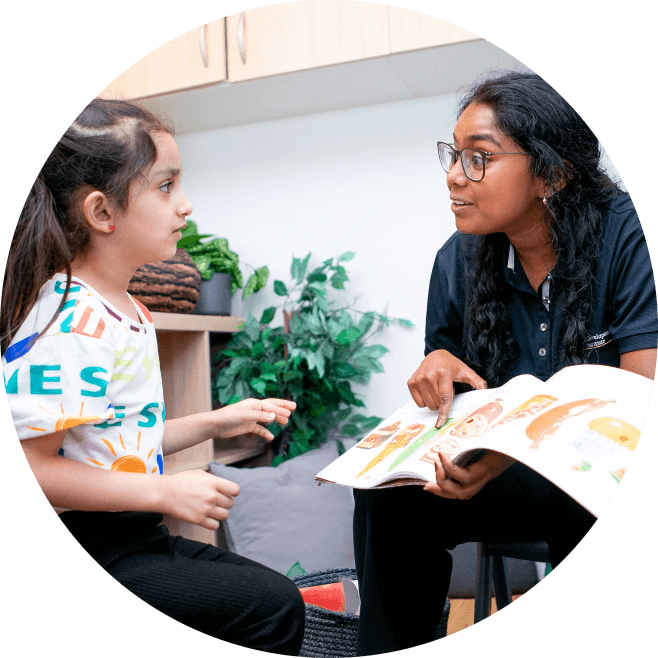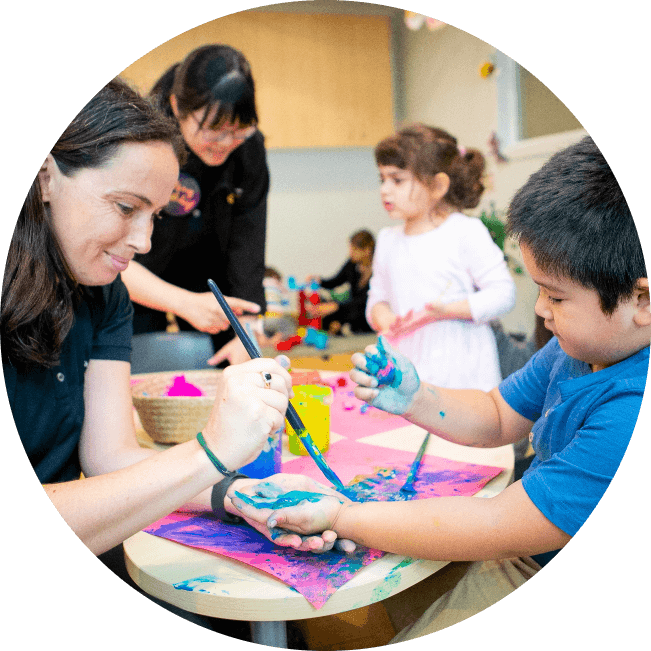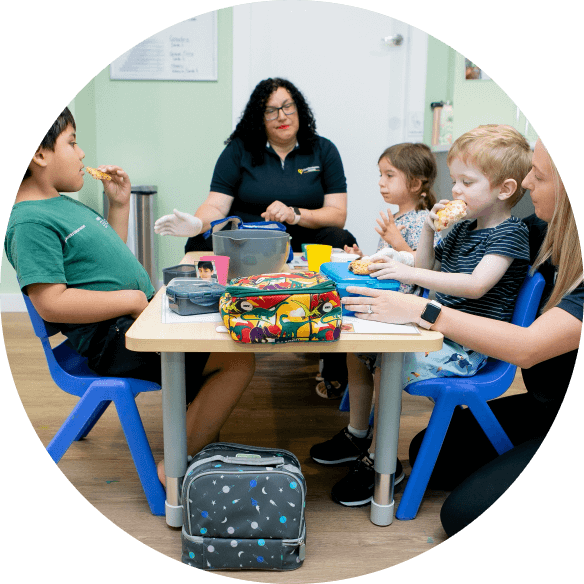No waitlists. Appointments available now at Northmead and Beacon Hill

Generalisation is a key concept in child development, referring to a child’s ability to apply skills and knowledge acquired in one setting to various other scenarios. This ability is critical for children, allowing them to use their learned skills effectively in different environments, with different people, and across diverse situations.

Children, especially those with Autism Spectrum Disorder (ASD), often encounter challenges with generalisation. For instance, a child may learn to greet their mother with “hi” at home but struggle to use the greeting in different contexts, such as meeting a teacher at childcare. Achieving generalisation means that a child can apply what they’ve learned in therapy across multiple settings (home, school, park) and with various people (parents, grandparents, teachers, peers), enhancing the meaningfulness and utility of the learned skills.
The role of a CDI Therapist is to lead your children through a series of learning steps to achieve generalisation. This is done through a documented treatment plan of 20-26 individualised ESDM goals that are focused on in every session, every week. The teaching steps will start with your child’s baseline (what they can do now) and, as the skill develops the therapist will reduce the supports (such as a verbal or physical prompting) and eventually your child will be able to generalise that skill across all therapy settings, at home and in their mainstream education setting.
Once a skill has been generalised that goal is replaced with the next goal to continue their developmental journey.
One effective strategy for facilitating generalisation is to introduce multiple examples of a particular skill across different settings, objects, and individuals. For example, teaching the word “car” using various types of toy cars and in different books can help a child understand and use the term in various contexts.


Encouraging your child to practice a newly learned skill with people other than the primary instructor is vital. If a child learns a morning routine from their mother, repeating the routine with other family members can aid in generalising the skill.
Children with ASD might not automatically generalise an understanding to multiple instructions intending the same action. It’s crucial to model and teach varied ways of giving the same instruction to prevent rigidity in following commands. For example, using phrases like “come here,” “come to the table,” and incorporating gestures can help in understanding the intended action, regardless of the specific wording used.
Generalisation is not just about learning flexibility; it’s about encouraging independence and adaptability in children, which are essential for their overall developmental success. Active involvement from caregivers and educators is paramount. Goals achieved in therapy are more likely to be maintained and generalised to new settings, like the home, with caregiver participation, potentially reducing future service needs.
Generalisation is, therefore, a critical aspect of learning and development, ensuring skills are not only learned but are also applicable in real-world situations, thereby supporting a child’s independence and adaptive skills across all life area

We invite you to learn more about how the Child Development Institute can make a significant difference in your family’s life. Whether it’s about taking the first steps or continuing the journey, we’re here to support you every step.
Contact us today to schedule a consultation and begin a new chapter in your child’s developmental story.

To the parents navigating the world of ASD, take the next step with confidence. At the Child Development Institute, we’re not just a centre; we’re a community where your child’s growth and happiness are our foremost priorities.
General Enquiries
Web Design by The Site Coach